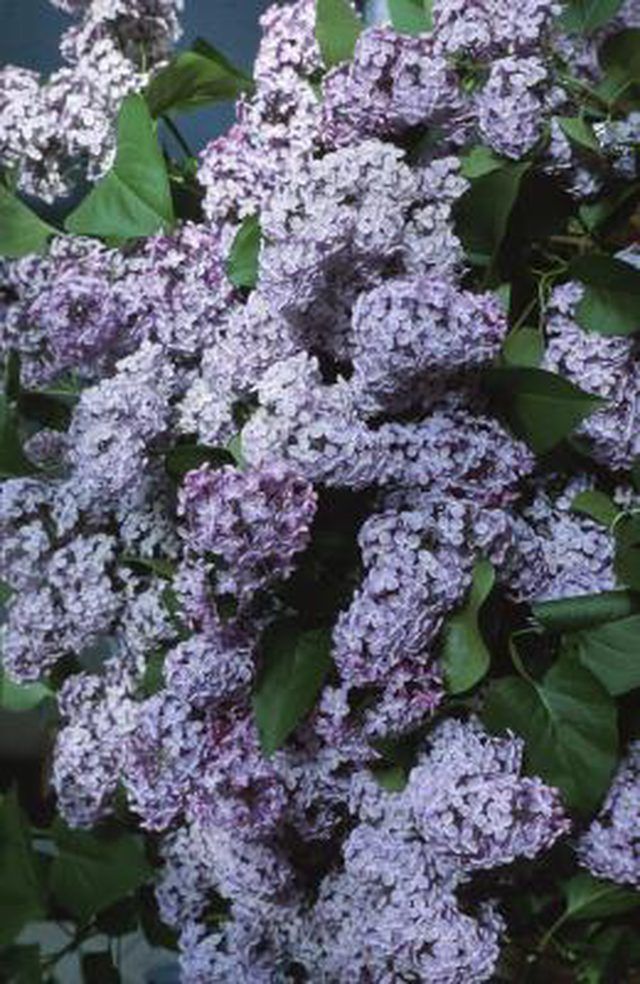Bulbs
Flower Basics
Flower Beds & Specialty Gardens
Flower Garden
Garden Furniture
Garden Gnomes
Garden Seeds
Garden Sheds
Garden Statues
Garden Tools & Supplies
Gardening Basics
Green & Organic
Groundcovers & Vines
Growing Annuals
Growing Basil
Growing Beans
Growing Berries
Growing Blueberries
Growing Cactus
Growing Corn
Growing Cotton
Growing Edibles
Growing Flowers
Growing Garlic
Growing Grapes
Growing Grass
Growing Herbs
Growing Jasmine
Growing Mint
Growing Mushrooms
Orchids
Growing Peanuts
Growing Perennials
Growing Plants
Growing Rosemary
Growing Roses
Growing Strawberries
Growing Sunflowers
Growing Thyme
Growing Tomatoes
Growing Tulips
Growing Vegetables
Herb Basics
Herb Garden
Indoor Growing
Landscaping Basics
Landscaping Patios
Landscaping Plants
Landscaping Shrubs
Landscaping Trees
Landscaping Walks & Pathways
Lawn Basics
Lawn Maintenance
Lawn Mowers
Lawn Ornaments
Lawn Planting
Lawn Tools
Outdoor Growing
Overall Landscape Planning
Pests, Weeds & Problems
Plant Basics
Rock Garden
Rose Garden
Shrubs
Soil
Specialty Gardens
Trees
Vegetable Garden
Yard Maintenance
How to to Grow Lilacs
How to to Grow Lilacs. Lilacs produce cone-shaped panicles of delicate purple, white or pink blossoms with a heady, sweet scent. The common lilac (Syringa vulgaris) is suited to temperate climates up to U.S. Department of Agriculture planting zone 7a, where winter temperatures can dip down to zero degrees. Gardeners in warmer zones can still enjoy...

Lilacs produce cone-shaped panicles of delicate purple, white or pink blossoms with a heady, sweet scent. The common lilac (Syringa vulgaris) is suited to temperate climates up to U.S. Department of Agriculture planting zone 7a, where winter temperatures can dip down to zero degrees. Gardeners in warmer zones can still enjoy lilacs, but need to choose cultivars bred for warmer temperatures, like cut-leaf lilac (S. laciniata) or the Miss Kim Korean lilac (S. patula "Miss Kim").
Things You'll Need
Shovel
pH test kit
Ground limestone
Mulch
Fertilizer
Pruning loppers
Pruning saw
Fungicide
Pick the right spot to plant your lilac. They thrive where drainage is good and the ground does not stay wet for an extended period. A sloped area, or the side of a hill, is ideal. If this type of site isn't available, mound the dirt under and around them with a shovel to raise the planting site up 3 to 4 inches to create better drainage. They blossom best if they receive good sun exposure. In warmer climates a half a day is sufficient, more is preferable when weather is cool.
Test soil before planting to ensure it is neutral, to slightly acidic on the pH scale, 7 to 6.5. Lilacs prefer loamy soil with a minimum of amendment, according to University of New Hampshire Extension. Some ground limestone can be added to the planting hole to help adjust pH. A 2- to 3-inch layer of organic mulch, like pine bark is recommended around the lilac, once planted.
Water thoroughly and slowly as it will take time for the water to reach the roots. Even though lilacs like good drainage, they have deep roots and may require watering in addition to natural rainfall if it is dry. Their leaves start to wilt quickly so they let you know when they need a drink.
Fertilize in early spring and late fall with a low-nitrogen fertilizer. A higher phosphorus fertilizer promotes blooms. You can use your fireplace ash for this purpose as well. If the soil is too high in nitrogen, the blooms diminish.
Prune simply by cutting bouquets of blooms in the spring, and shaping the shrub immediately after spring flowering. Remove any shoots or suckers that have developed at the base of the plant with loppers or a pruning saw. Larger branches can be pruned from the center to improve air circulation for a healthier plant. You can also remove any branches that stick out awkwardly.
Treat the powdery mildew with a fungicide as soon as it it noticed -- usually in the summer. Powdery mildew dusts the leaves with a white filmy coating and is the most common problem of lilacs, but is mainly cosmetic.
Tips & Warnings
If your new lilac plant does not flower, it may be too young. Lilacs do not flower for their first five to seven years.